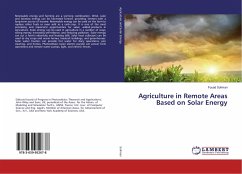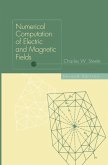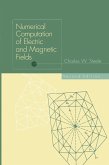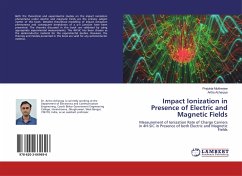Historically, fifty years ago, one observed on the electronic circuits embarked on board of spacecraft the first malfunctions caused by the radiations of the space. With the considerable expansion of the spatial activity in the eighties new electronic dysfunction appeared which are bound to radiances. Next to the dose phenomenon, that comes progressively, but in a permanent way altering the circuits working, singular events induced by the passage of an unique ionizing particle occur frequently (SEE: Single Event Effect). Among the transient risks, one can quote: the upsets (SEU: Single Event Upset, Logical toppling over of one memory point) and the latch-up (SEL: Single Event Latch-up). In the space the upsets are mainly caused by the heavy ions and the protons. The role of the energizing protons of a few hundred of MeV had been neglected for a long time because they don't induce sufficient energy deposits to provoke directly errors. However the increase of the error rates in thecircuits during the solar eruption or during the passage of Satellites inside the belts of radiations has underlined the risks they represent.








